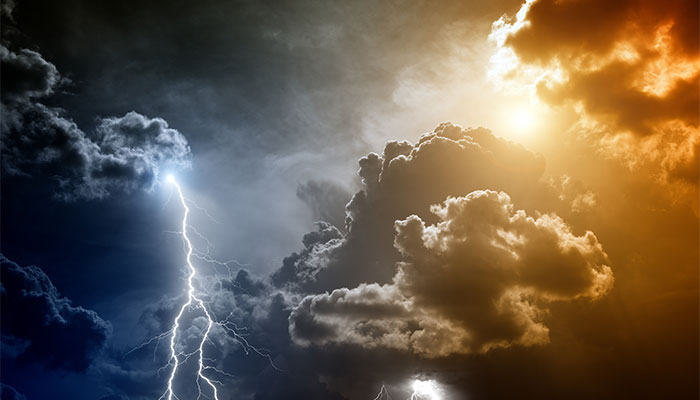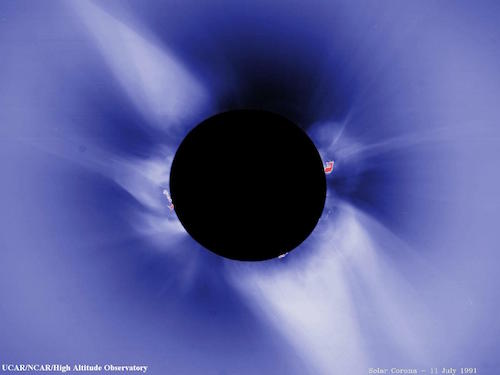
When we talk about star death, we’re not really talking about death. We’re talking about the end of a functioning star. Astronomers tend to personify cosmic objects like stars, saying that they are born and die, when it’s more like they transition into something new.
With stars in particular, there’s two main courses their “life cycles,” such that they are, can take: one for massive stars and one for low-mass stars.
We can further subdivide low-mass star “deaths” into those of red dwarfs—like our nearest stellar neighbor, Proxima Centauri—and those of medium-mass stars, like the sun.
But before we dive into the final stages of these stellar life cycles, let’s review what kinds of stars we’re talking about here…
Continue reading
